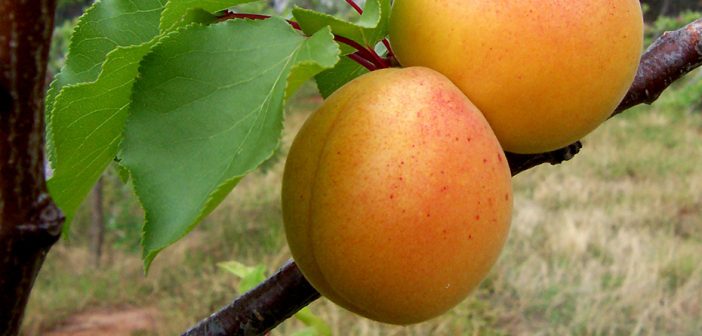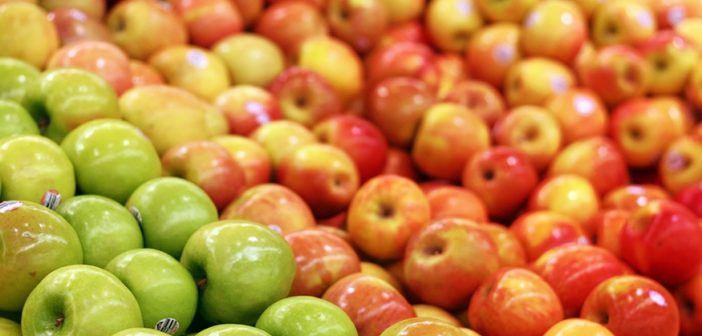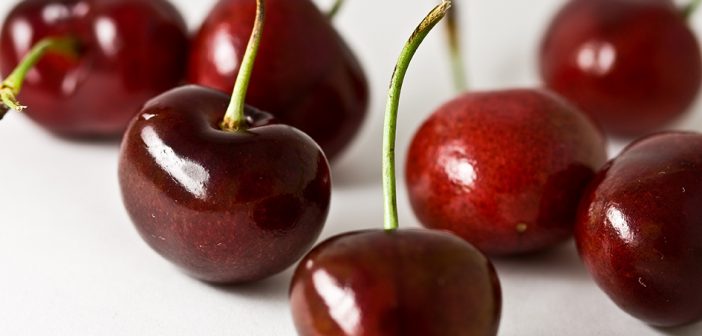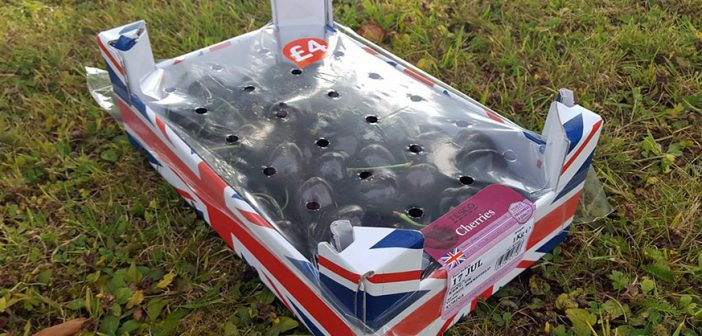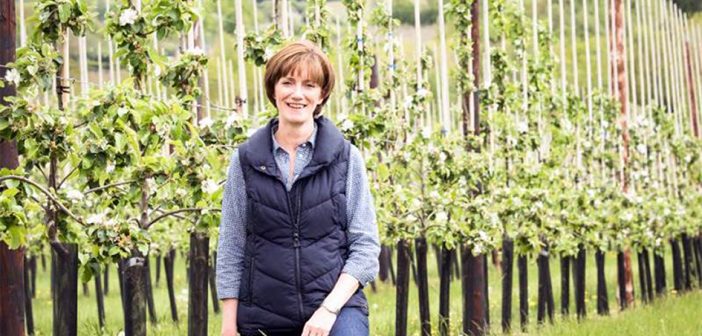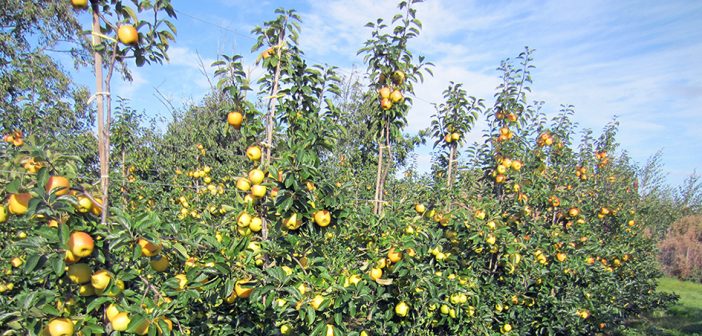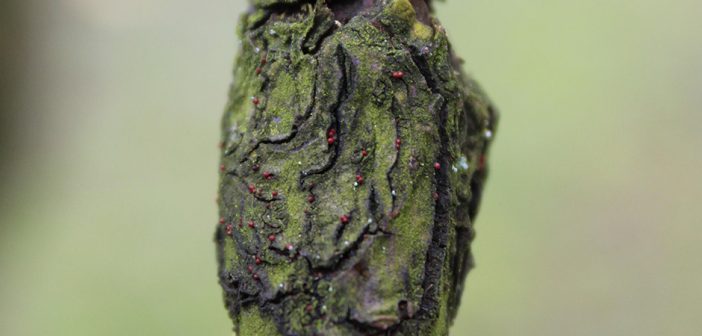An all-new range of Landini orchard and vineyard tractors will be launched at the National Fruit Show in October.
The new Rex 4 Series tractors bring a greater choice of models, new transmission configurations (including three-speed powershift on power shuttle versions) an improved operator environment in the new cab and optional front axle suspension for the first time. They can be recognised by a sleek new appearance.
In terms of overall size, base configurations and power outputs, the new Landini Rex 4 Series mirrors the current Rex. The ‘F’ models are narrow orchard tractors (down to 1.3m wide), the ‘GE’ versions (minimum operating width 1.35m) have a have a lower stance for added stability, and the ‘GT’ has the wider axles and larger wheel options suitable for wide orchards. In addition, the new ‘V’ models can be configured down to just 1m wide.
A 2.9-litre compact four-cylinder engine provides the power, meeting emissions rules without exhaust filtration or urea injection. It provides 12-15% more torque at the lower end, which the manufacturer says translates into livelier performance under load with attractive fuel economy. The engine is coupled to a new Eco 40kph transmission with four-speed PTO options. Larger fuel tanks, the option of a suspension front axle, and all new cab layouts complete the revamp.
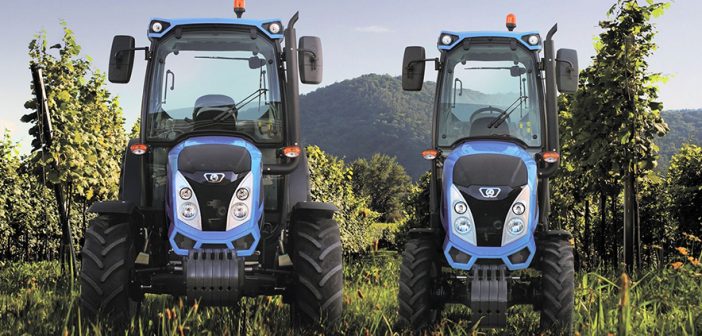
Photo Caption: The new Rex 4 Series vineyard models can get down to 1m yet there is a 111hp version
Photo Credit: Landini
